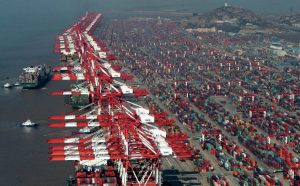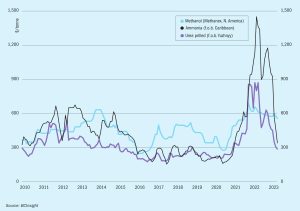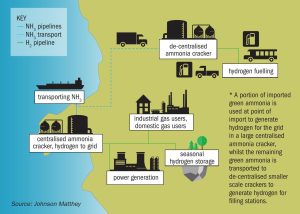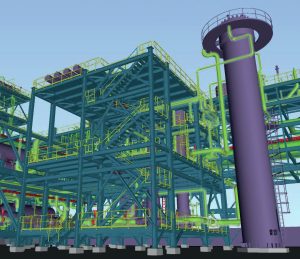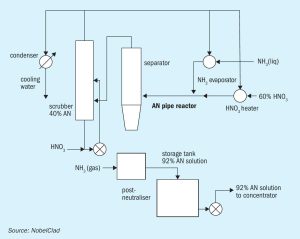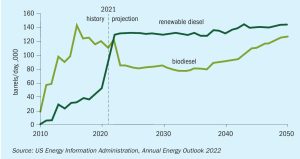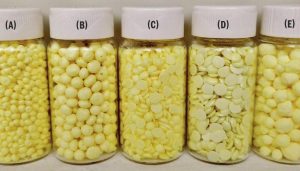
The age and friability for different forms of elemental sulphur
Aged sulphur products can be friable and fragile, which can lead to sulphur dust during handling. Because sulphur dust can lead to dust explosions and excessive wet sulphur contact corrosion, shipping and handling specifications for the safest products are used by producers, shippers and consumers to limit dangerous incidents. Metastable polymeric sulphur in the solid product limits friability and is rarely cited as a measured quantity within sulphur specifications, but often discussed when explaining best handling and forming practices. In this article, ASRL discusses why sulphur tends to be friable and explores several measurements cited in many specification documents, with the purpose of focusing on several modern solid forms. In addition, the measurement of total and extraneous water is explored.


